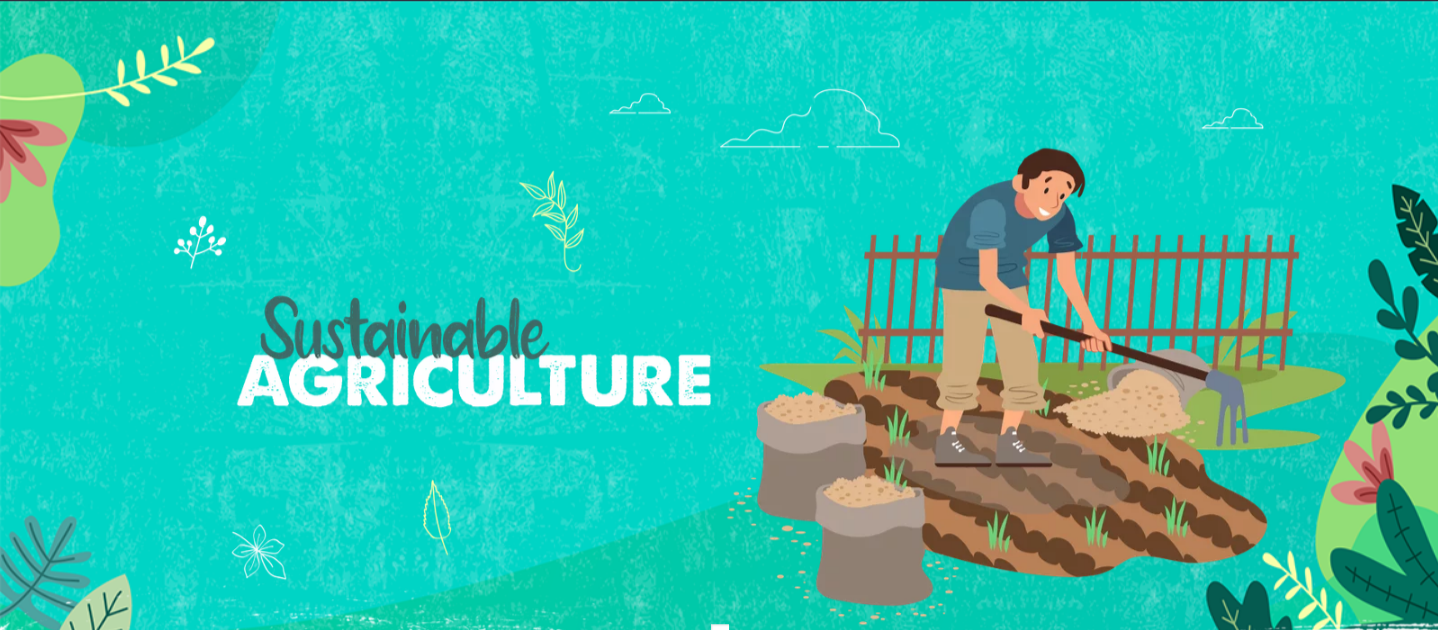In the face of escalating global environmental concerns, the imperative to adopt sustainable practices is more pronounced than ever before. One such practice that has gained traction in recent years is carbon credit trading, a mechanism that rewards entities for reducing their carbon footprint. This article delves into the symbiotic relationship between sustainable agriculture and carbon credits, showcasing how embracing eco-friendly farming techniques can unlock not only financial benefits but also contribute significantly to environmental preservation.

The Carbon Credit Concept
Carbon credits also known as carbon offsets, are a vital component of emission reduction strategies. The basic principle behind carbon credits involves quantifying and valuing the reduction or removal of greenhouse gases from the atmosphere. These credits are then traded on carbon markets, creating a financial incentive for individuals, businesses, and even nations to undertake activities that mitigate carbon emissions.
Sustainable Agriculture's Role
Sustainable agriculture often referred to as agroecology or regenerative farming seeks to minimize the environmental impact of agricultural practices while maximizing resource efficiency. This holistic approach involves the implementation of various techniques aimed at preserving soil health, optimizing water usage and reducing greenhouse gas emissions.
Key Practices within Sustainable Agriculture
1. Cover Cropping: Planting cover crops during off-seasons helps protect soil from erosion and nutrient depletion. These crops also sequester carbon from the atmosphere, contributing to carbon credit accumulation.
2. No-Till Farming: By avoiding plowing, no-till farming prevents carbon stored in the soil from being released into the atmosphere. This practice enhances soil carbon sequestration and improves soil structure.
3. Agroforestry: Integrating trees and crops on the same land can enhance carbon storage while providing diversified income streams for farmers. Trees absorb carbon dioxide, contributing to emission reduction.
4. Crop Rotation: Alternating crops planted in a particular area prevents soil degradation and nutrient imbalance. This practice helps maintain soil health and productivity, promoting carbon sequestration.
5. Livestock Management: Sustainable livestock practices, such as rotational grazing, not only improve animal welfare but also reduce methane emissions, a potent greenhouse gas.
Benefits of Carbon Credits for Sustainable Agriculture
1. Financial Incentives: Farmers can earn revenue by generating carbon credits through sustainable practices. These credits can be sold on carbon markets, creating an additional income stream.
2. Long-Term Sustainability: Implementing sustainable agricultural practices improves soil quality, conserves water, and enhances ecosystem resilience, ensuring long-term farm viability.
3. Climate Resilience: Carbon credit projects contribute to reducing overall carbon emissions, ultimately aiding in mitigating climate change and fostering climate-resilient agricultural systems.
4. Market Access: With increasing consumer demand for environmentally-friendly products, farms engaged in carbon credit initiatives gain a competitive edge in the market.
Conclusion
The convergence of Carbon Credits through Sustainable Agriculture holds immense promise for combating climate change and ensuring global food security. By implementing eco-friendly farming practices, farmers can not only reap financial rewards but also play a pivotal role in environmental preservation. As the world moves towards a more sustainable future, embracing these practices is a win-win scenario, demonstrating that responsible agriculture is not just about yields, but about safeguarding our planet for future generations.

